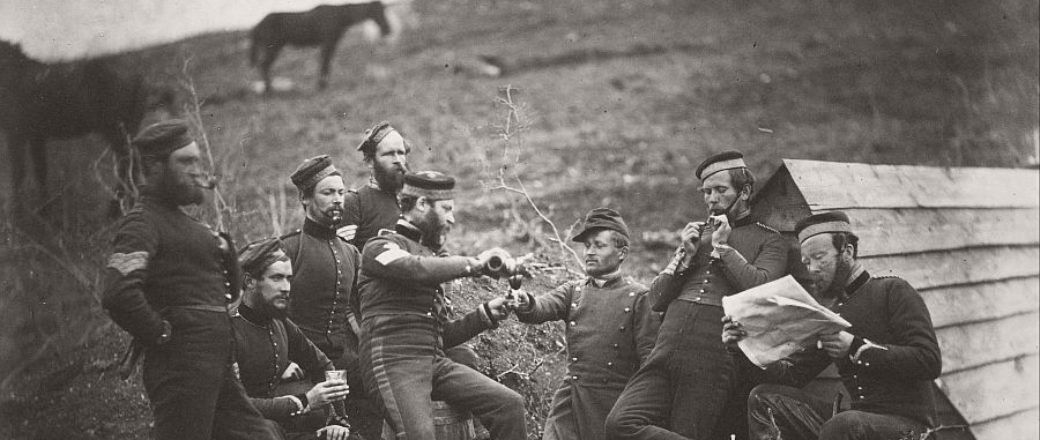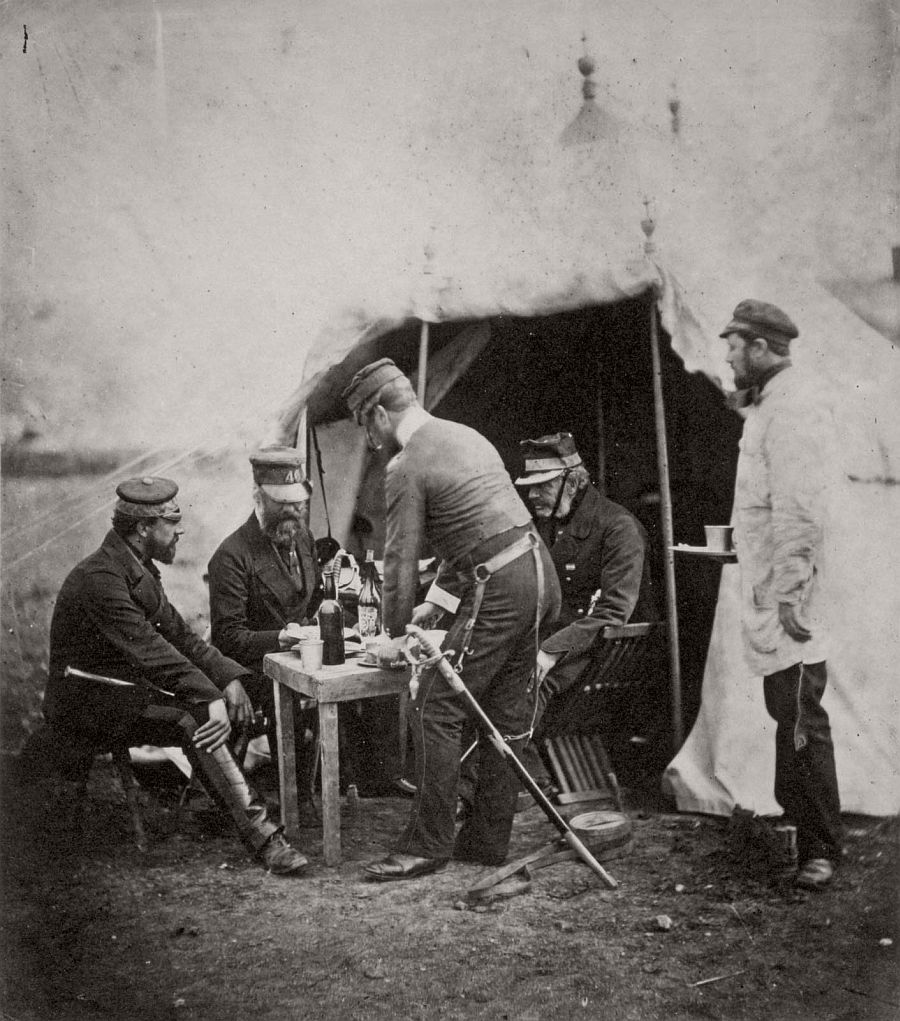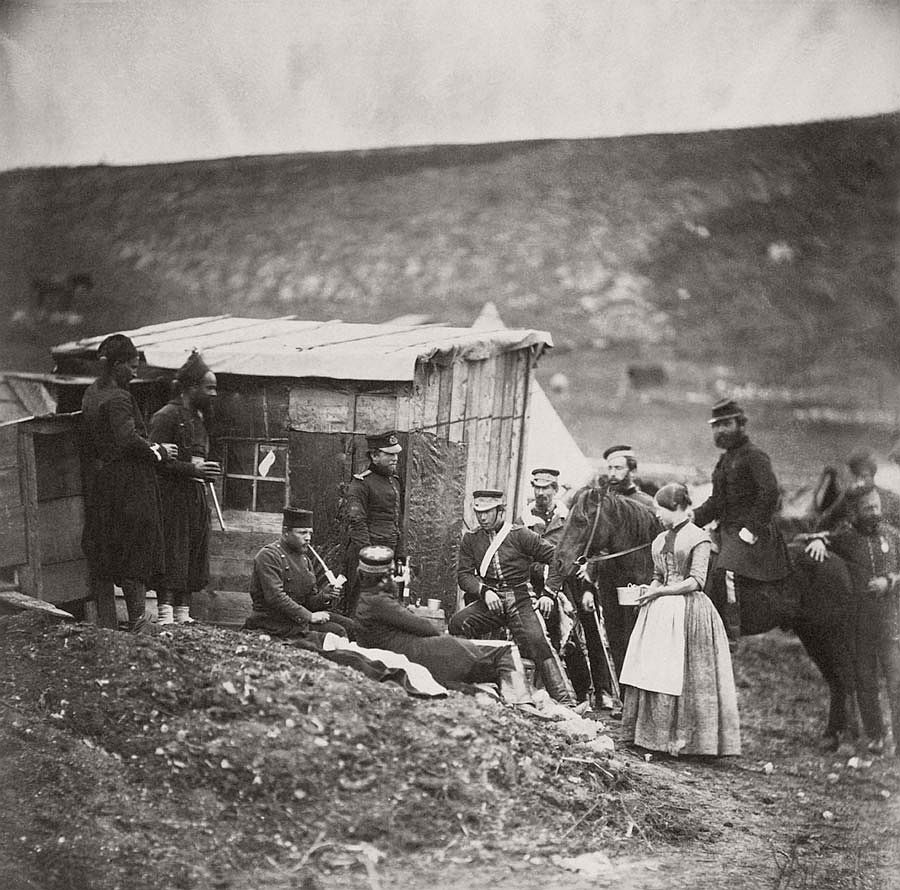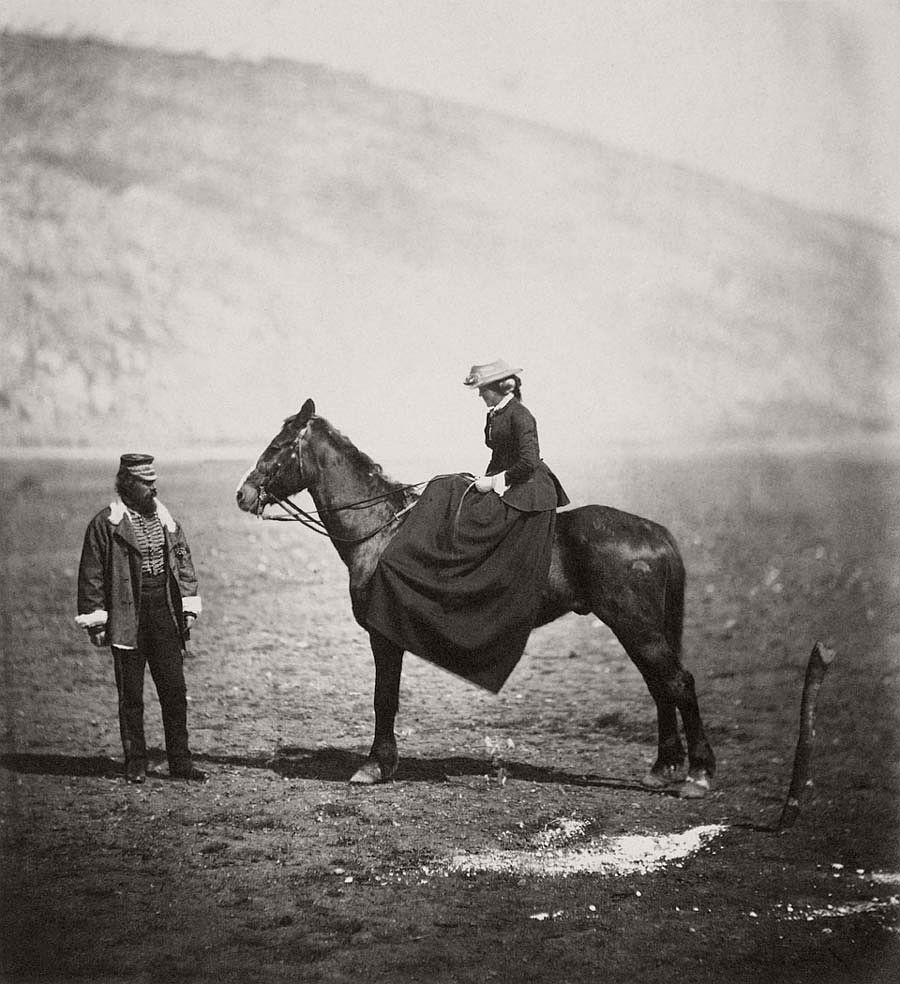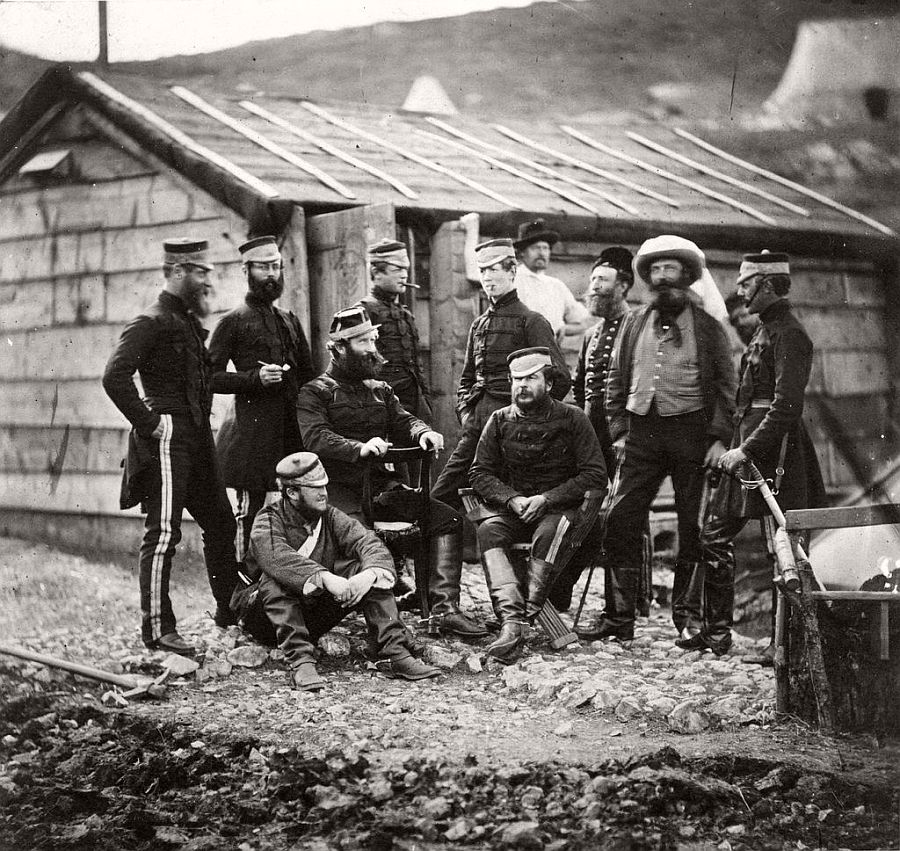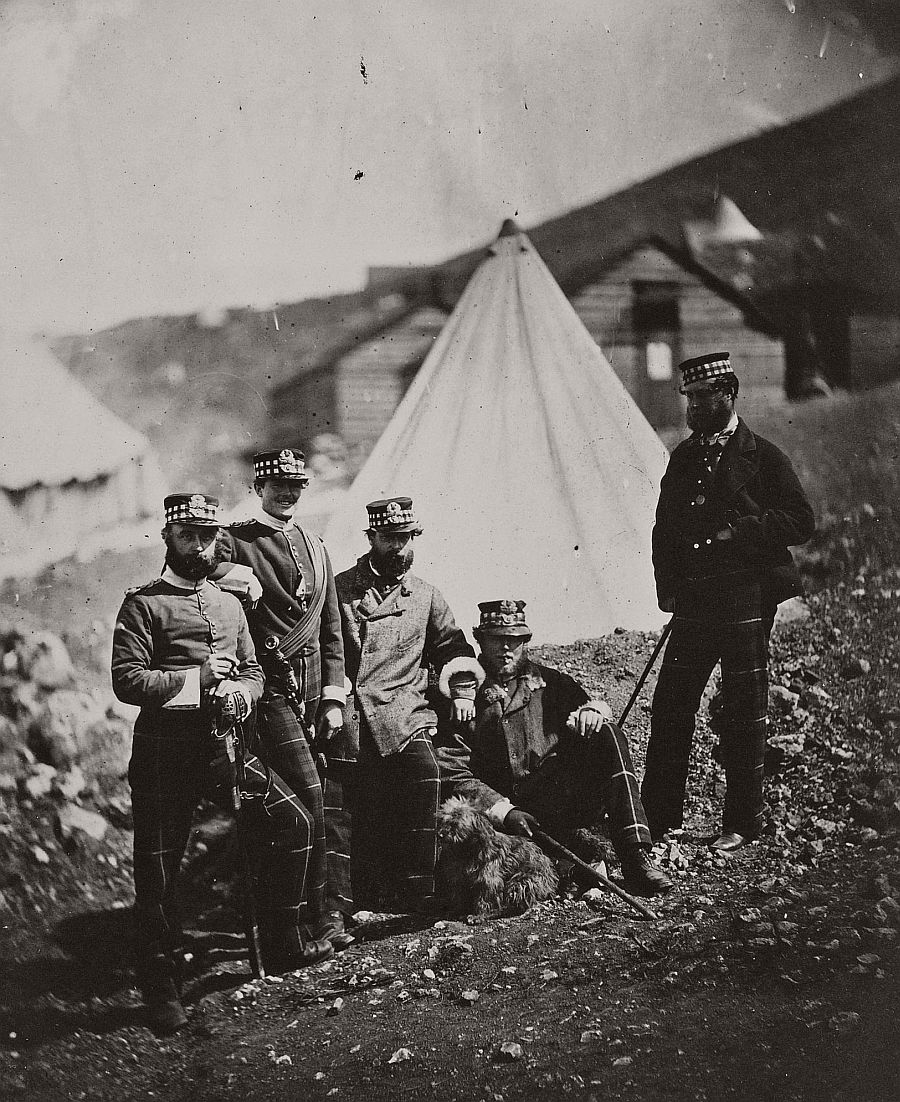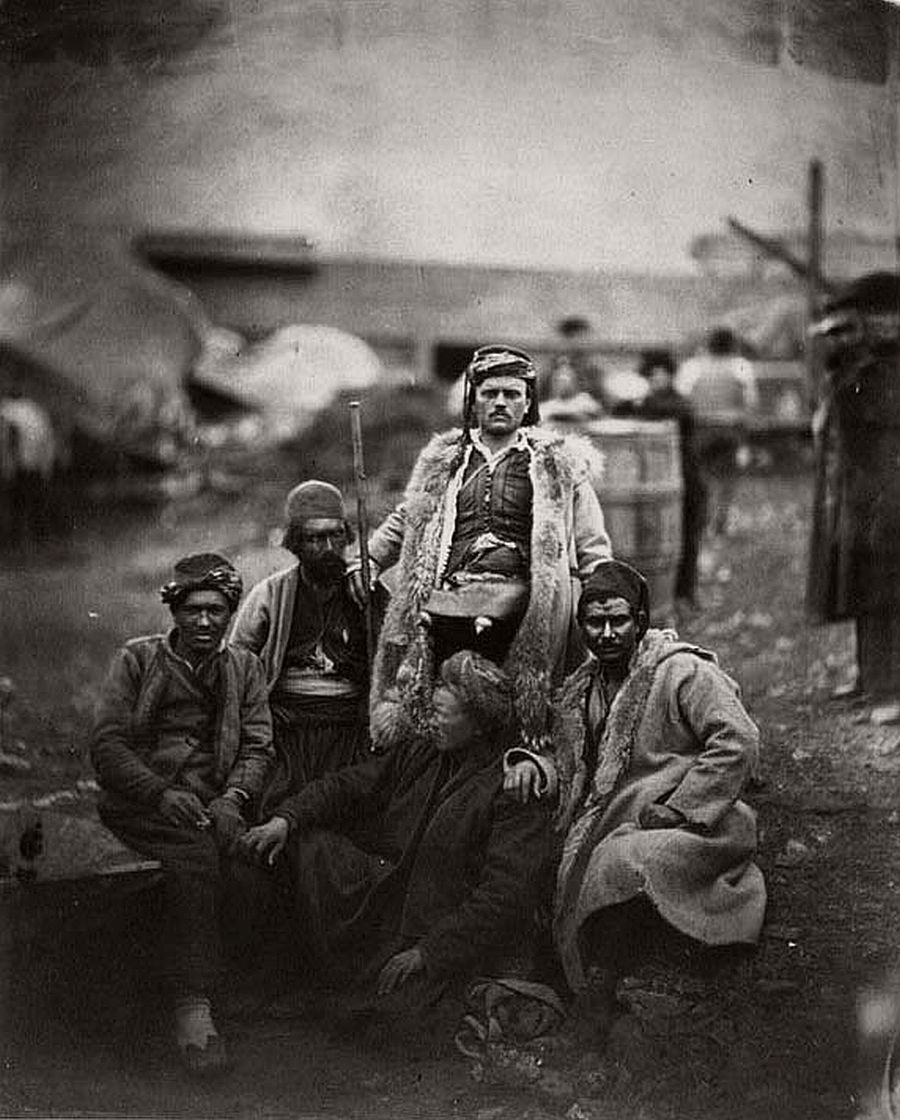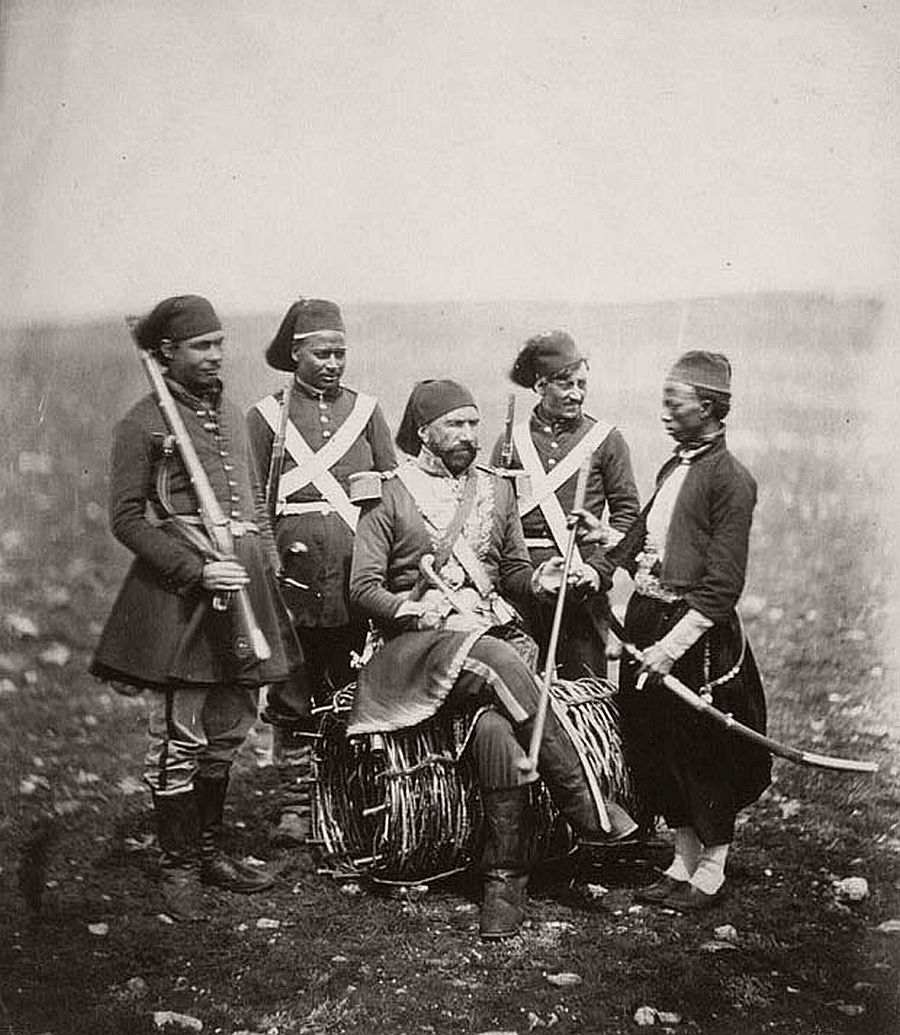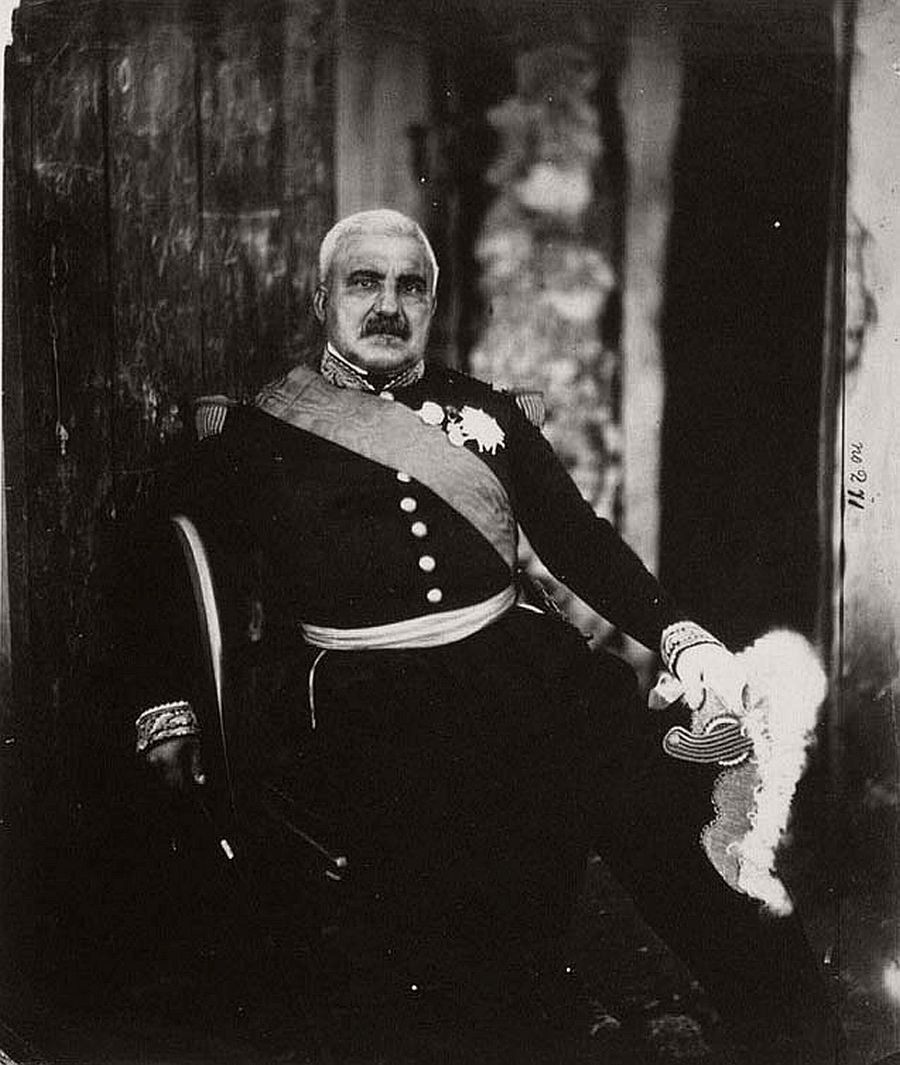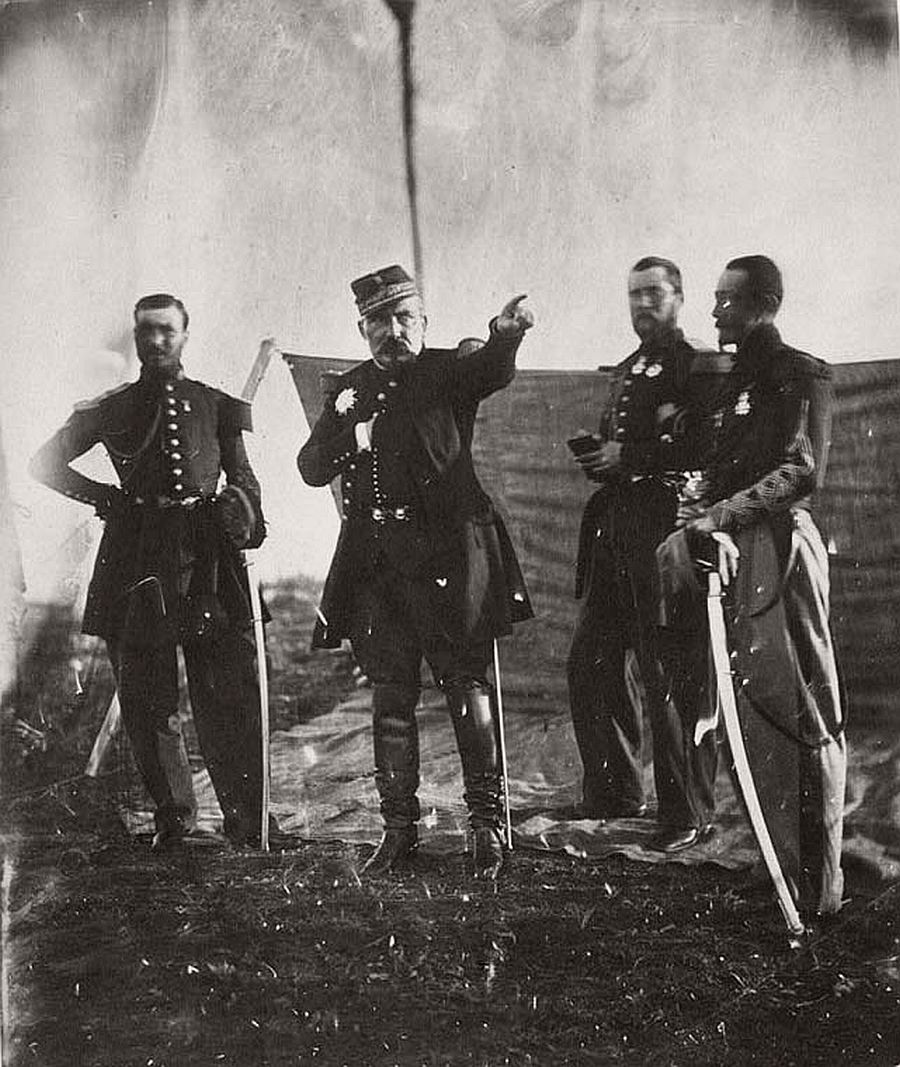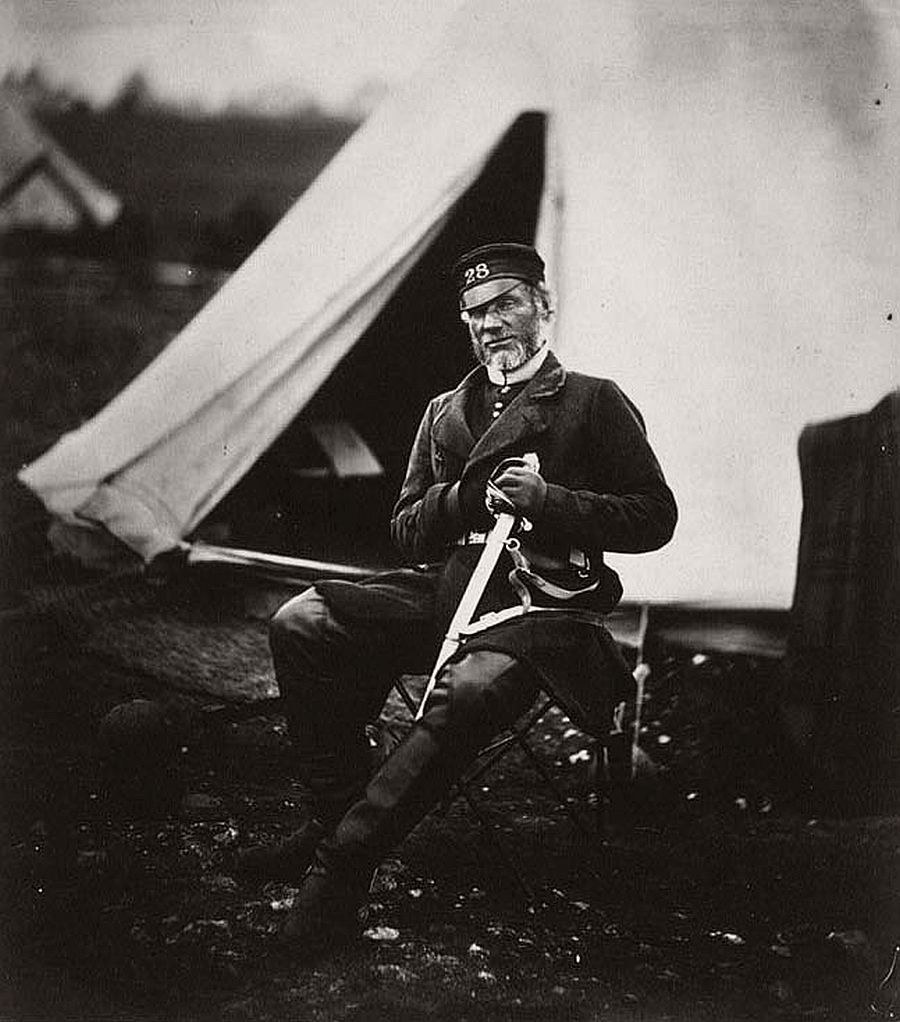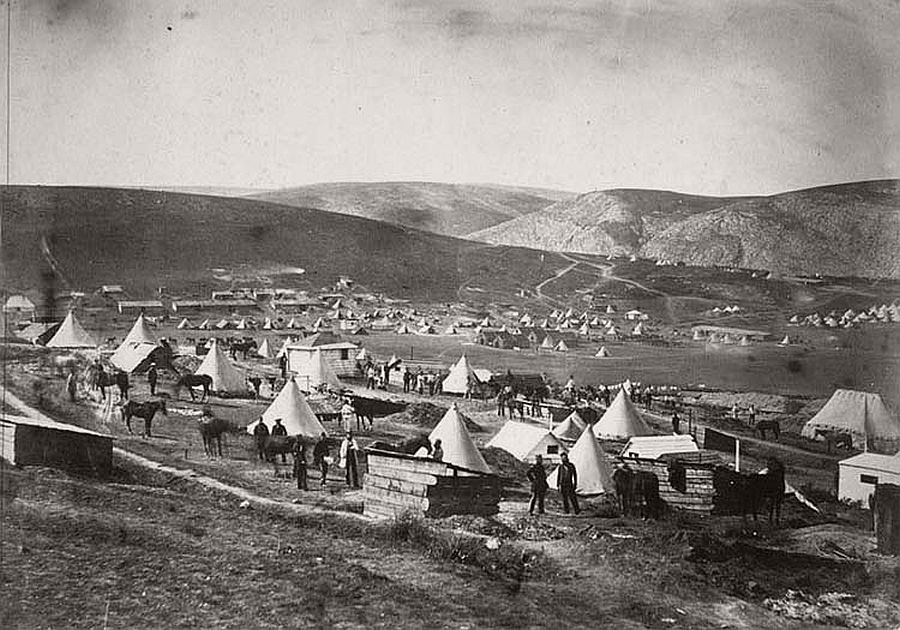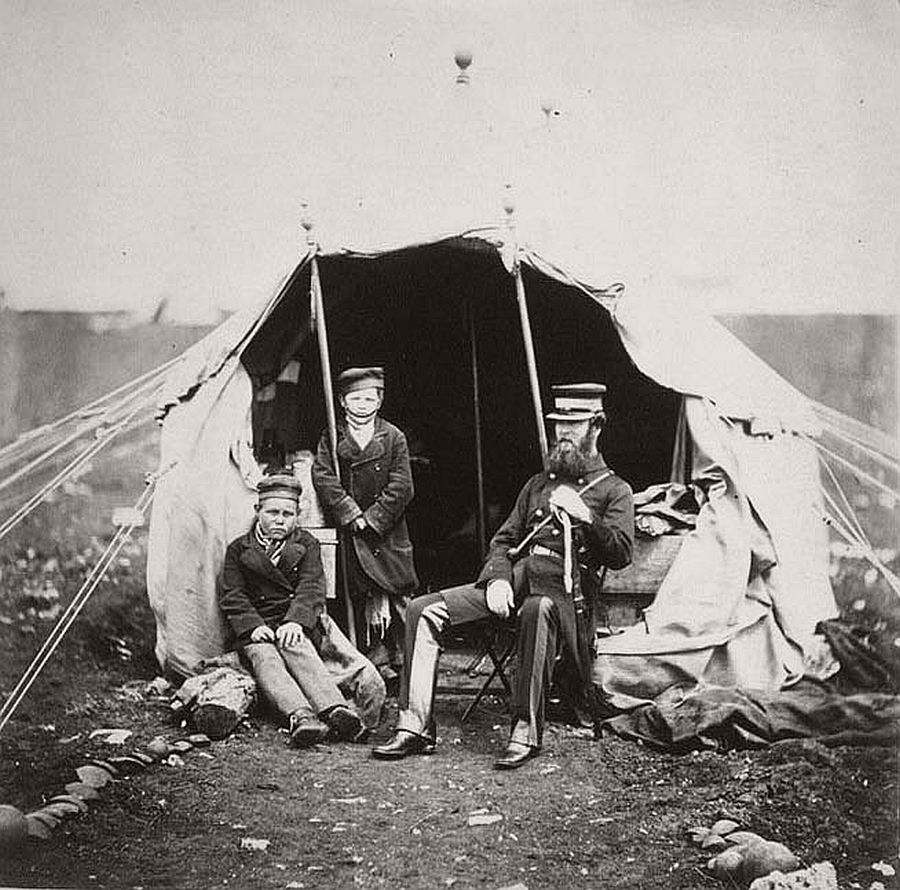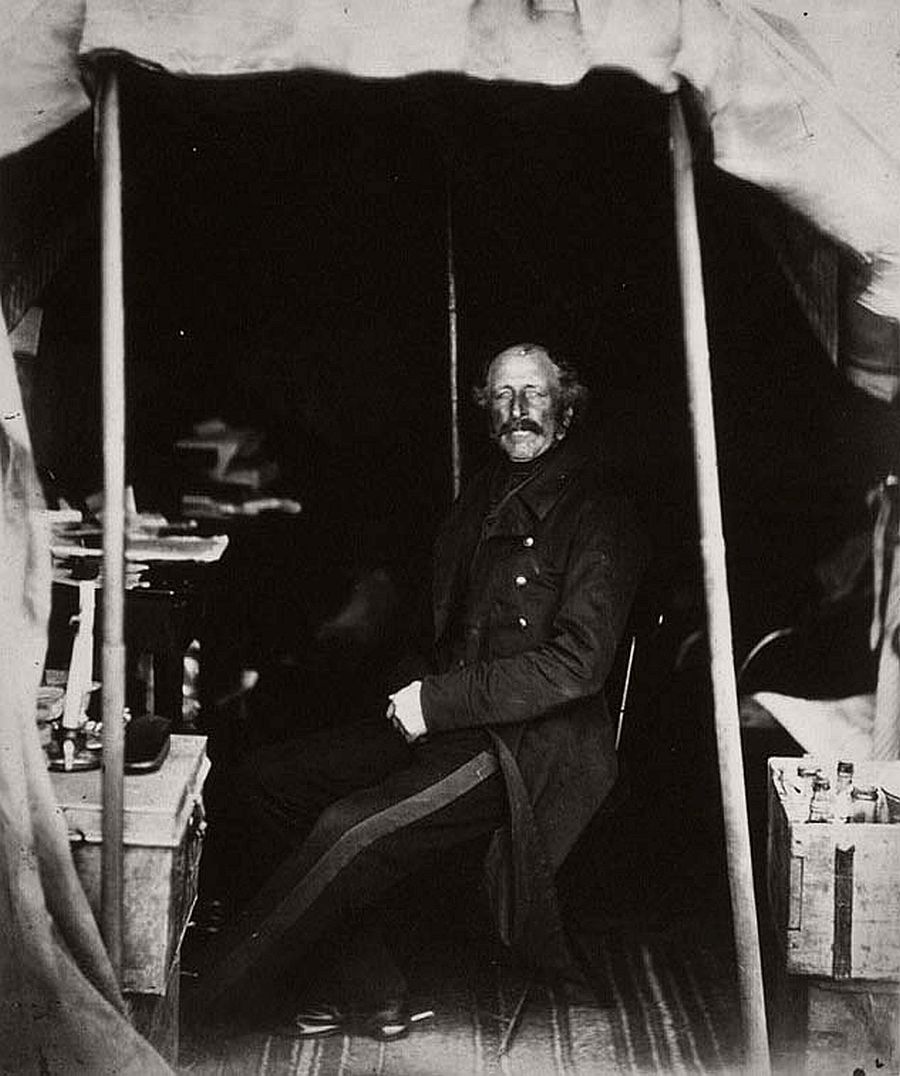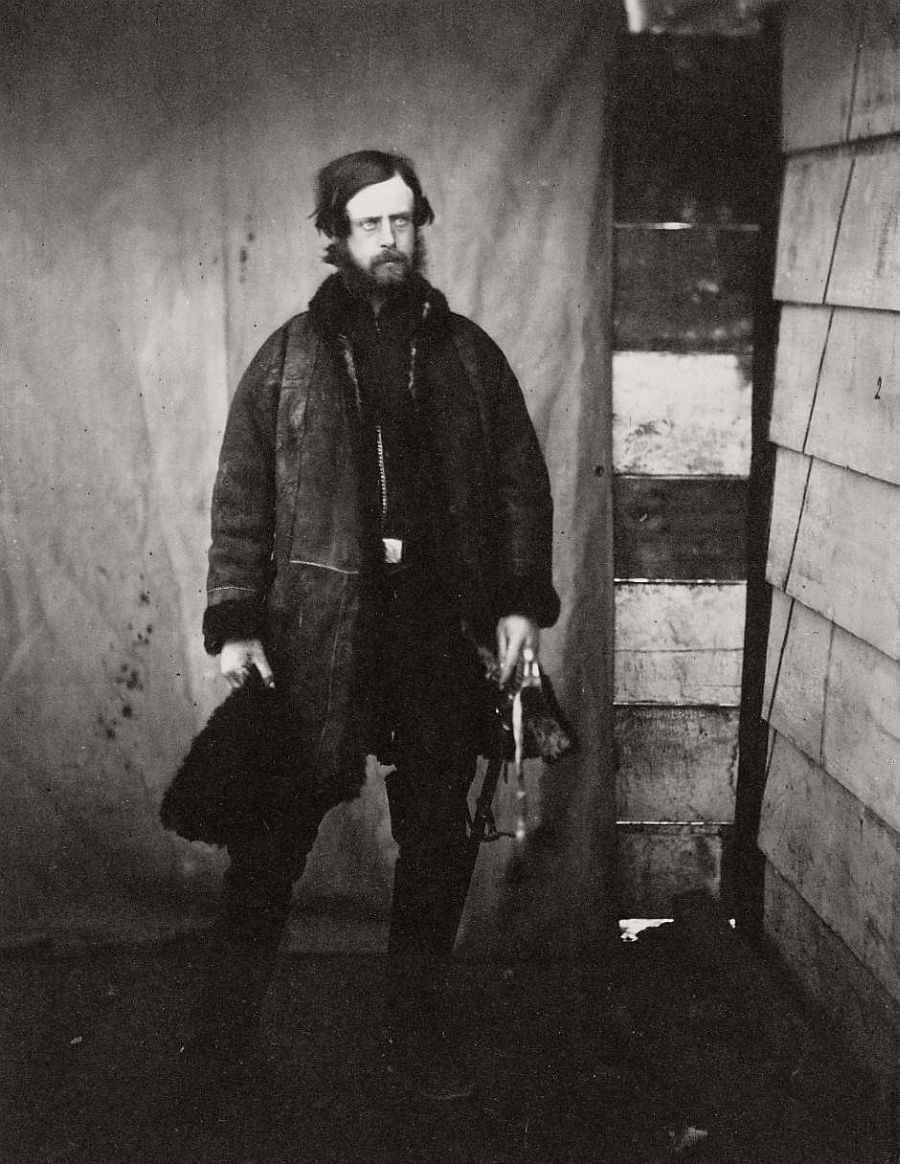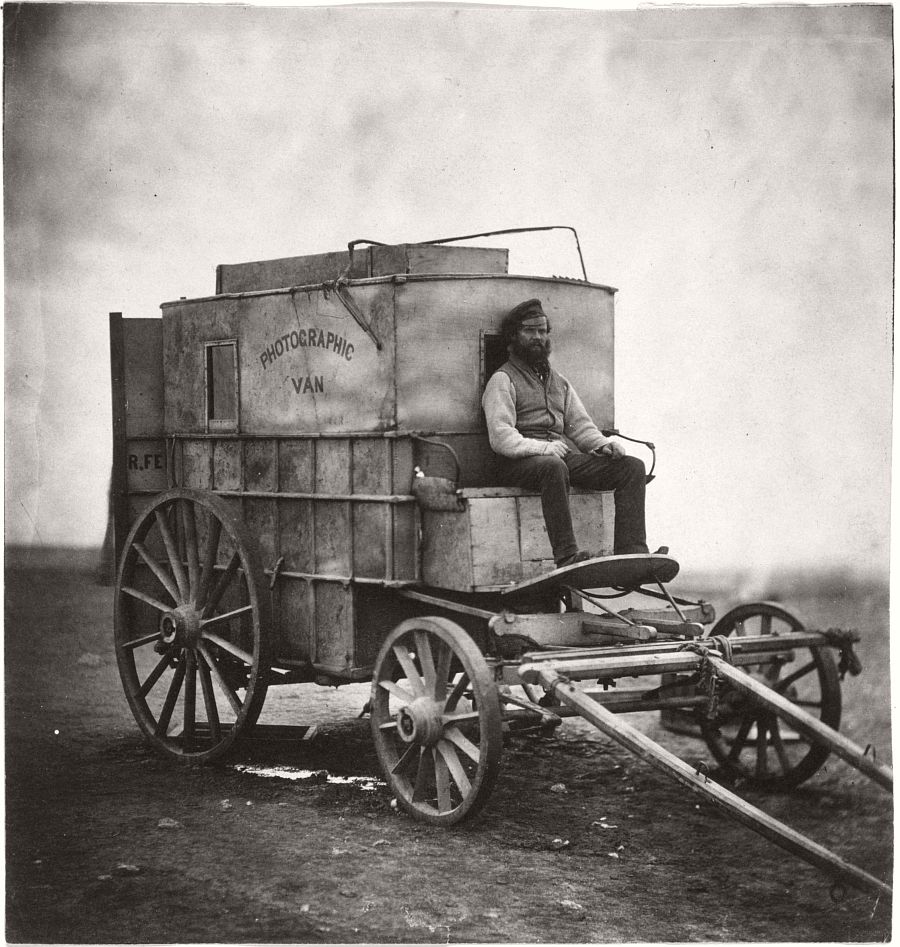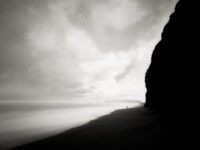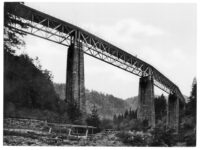Roger Fenton (1819–1869) is a towering figure in the history of photography, the most celebrated and influential photographer in England during the medium’s “golden age” of the 1850s. Before taking up the camera, he studied law in London and painting in Paris. He traveled to Russia in 1852 and photographed the landmarks of Kiev and Moscow; founded the Photographic Society (later designated the Royal Photographic Society) in 1853; was appointed the first official photographer of the British Museum in 1854; achieved widespread recognition for his photographs of the Crimean War in 1855; and excelled throughout the decade as a photographer in all the medium’s genres—architecture, landscape, portraiture, still life, reportage, and tableau-vivant.
Fenton’s most widespread acclaim came in 1855, with photographs of the Crimean War, a conflict in which British, French, Sardinian, and Turkish troops battled Russia’s attempt to expand its influence into European territory of the Ottoman empire. Fenton was commissioned by the Manchester publisher Thomas Agnew & Sons to travel to the Crimea and document the war, and his mission was encouraged by the government, which hoped that his photographs would reassure a worried public. Fenton’s extensive documentation of the war—the first such use of photography—included pictures of the port of Balaklava, the camps, the terrain of battle, and portraits of officers, soldiers, and support staff of the various allied armies.
Perhaps inspired by the experience of traveling through Constantinople en route to Balaklava, or perhaps simply sharing the mid-nineteenth-century vogue for all things exotic, Fenton produced a theatrical suite of Orientalist compositions during the summer of 1858—costume pieces that strove for high art rather than documentation and that were, in a sense, an antidote to the harsh realities he had recorded in the Crimea. They owed as much to the paintings of Delacroix and Ingres as to Fenton’s own experience in the East.
In 1862, after a final series of photographs—a remarkable group of lush still lifes—Fenton sold his equipment and negatives, resigned from the Royal Photographic Society, and returned to the bar. In the course of a single decade, Fenton had played a pivotal role—by advocacy and example—in demonstrating that photography could rival drawing and painting not only as a means of conveying information, but also as a medium of visual delight and powerful expression.

